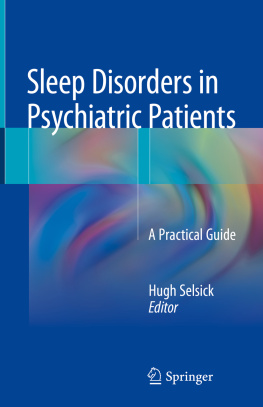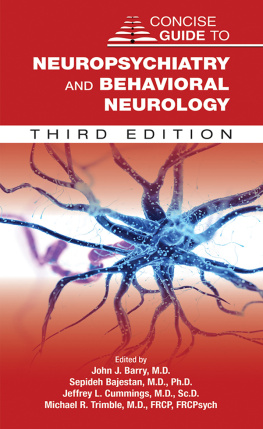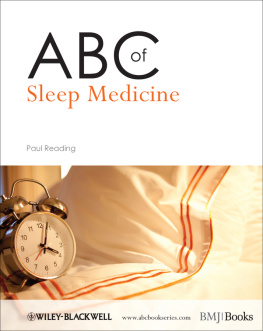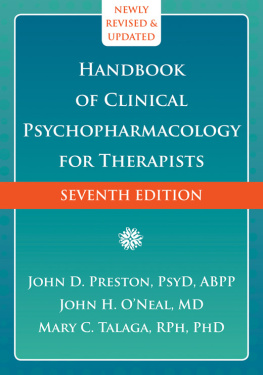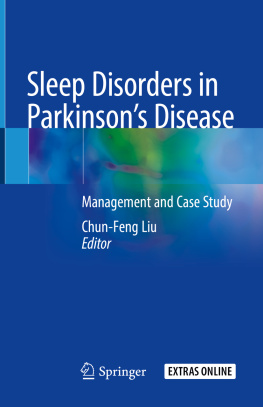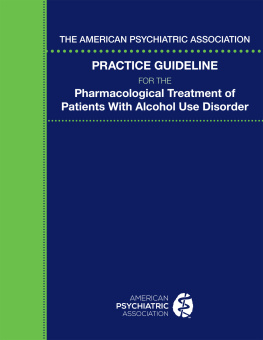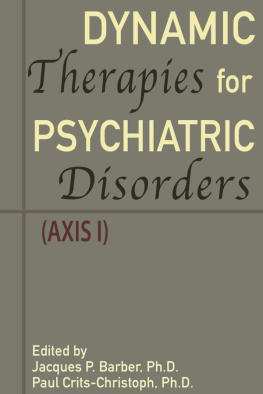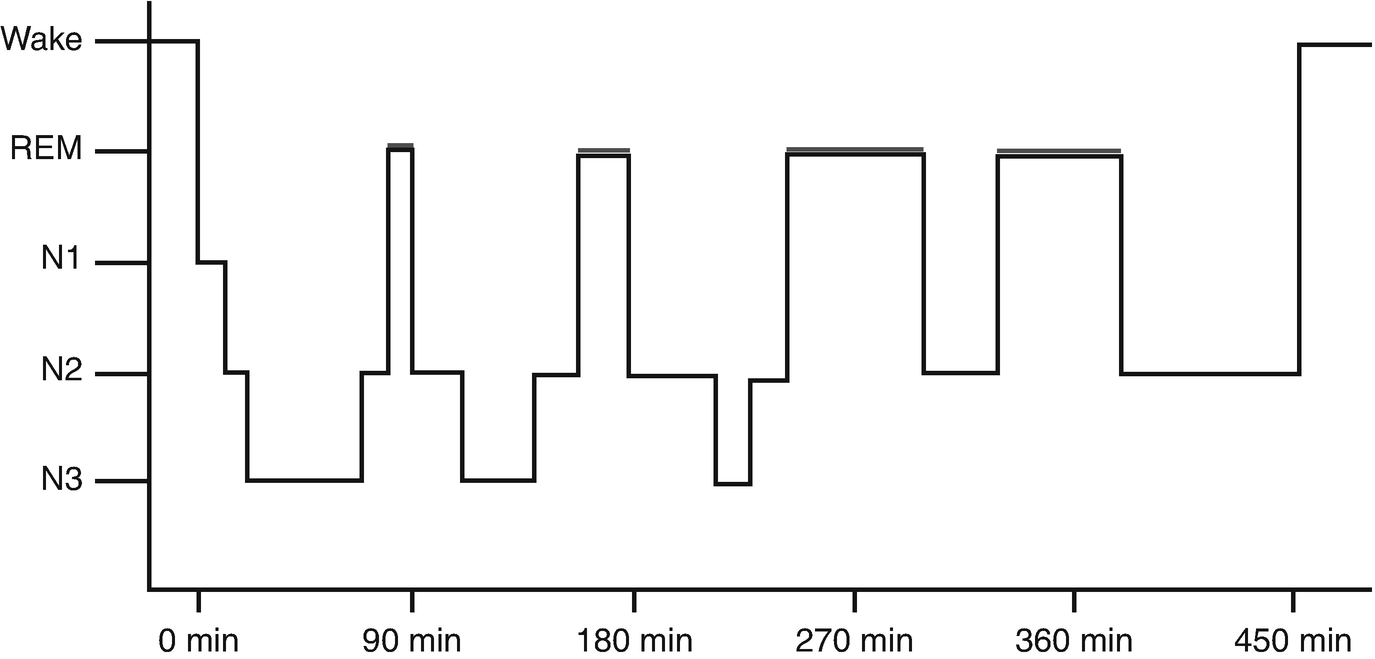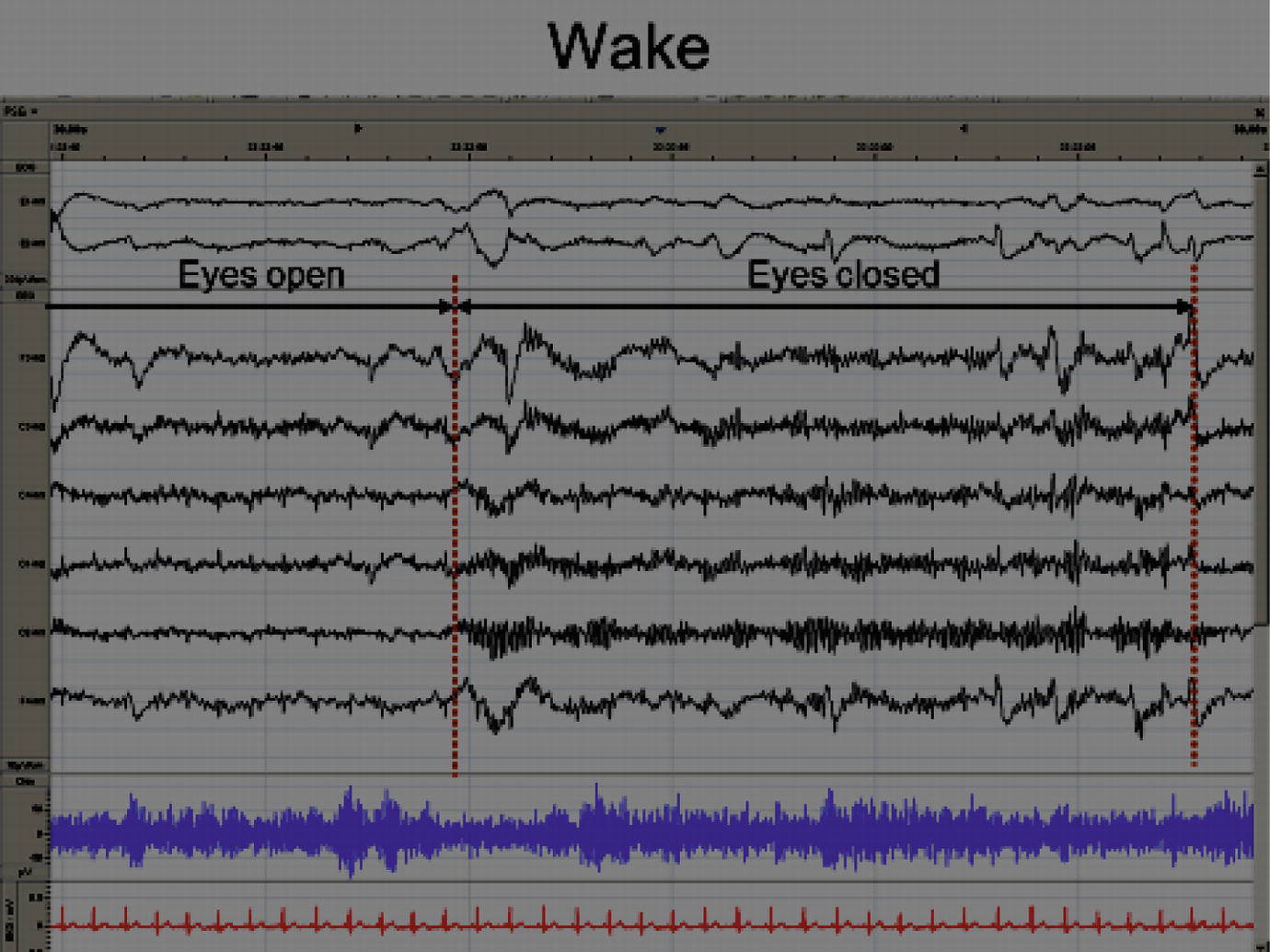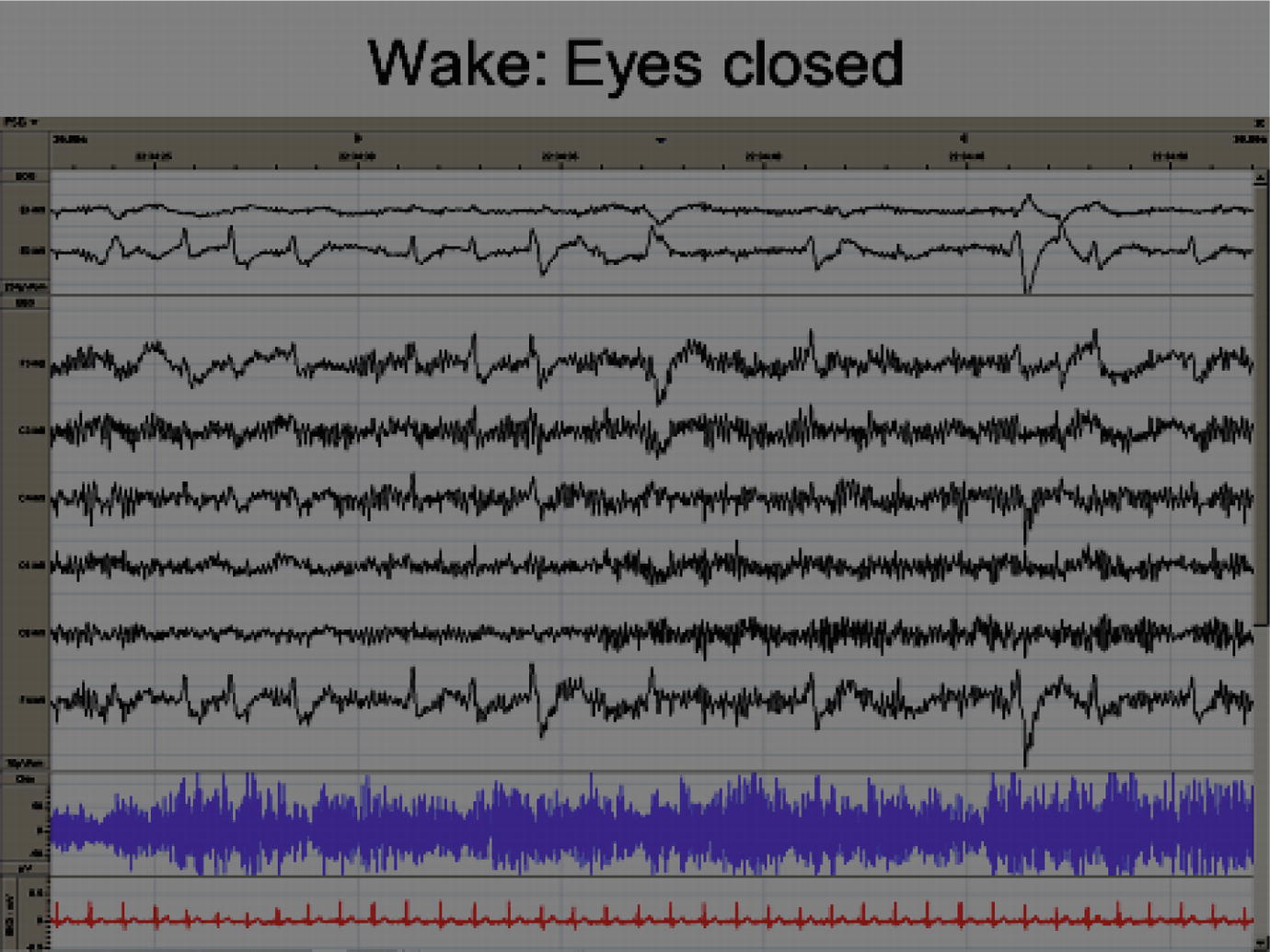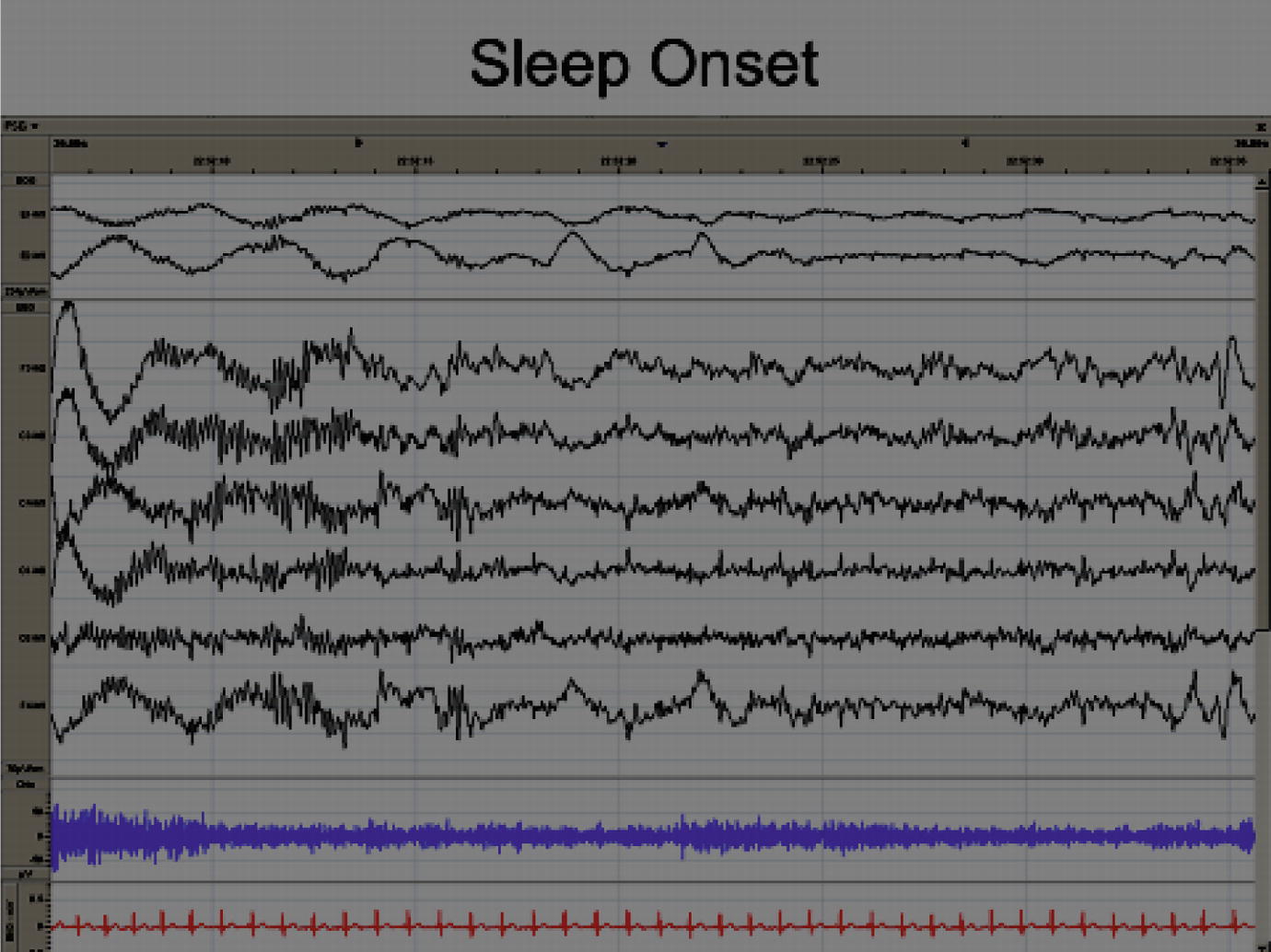1.1 IntroductionDefinition of Sleep
The Oxford dictionary defines sleep as a condition of body and mind which typically recurs for several hours every night, in which the nervous system is inactive, the eyes closed, the postural muscles relaxed, and consciousness practically suspended. Sleep is episodic and, unlike unconsciousness, is promptly reversible. Sleep is a brain state, a physiological process and a behavioural process. The familiar behavioural characteristics of sleep include recumbence, quiescence and eye closure. While asleep, there is reduced awareness and reduced responsiveness to external stimuli. In addition to the diminution of sensory awareness, an active initiating mechanism of sleep is also believed to be at play. Sleep is also associated with relative motor inhibition. The external observable behaviour of an asleep individual suggests relative inactivity; this masks the intense neurological and physiological activity which goes on in sleep. Sleep is also tightly controlled by a complex neuronal circuitry.
Sleep is universal and is a requirement which cannot be resisted. We spend a third of our lives sleeping. Sleep touches nearly every aspect of our physiology and psychology; the amount and quality of sleep we have impacts on our daytime functioning, yet the purpose of sleep is still something of a mystery. Some have found it useful to look at sleep as a drive state such as hunger or thirst. Although the real reason for sleep remains poorly defined, it is known that sleep deprivation has deleterious consequences (Banks and Dinger ). Whatever the functions of sleep are, it is quite clear that sleep is essential for all animals, particularly during periods of growth. A growing brain needs more sleep than an adult brain; daily sleep amount is highest during periods when the nervous system is developing. Some have indeed regarded sleep as being of the brain, by the brain and for the brain.
1.2 Sleep Architecture
Sleep architecture describes the pattern or structure of sleep. Sleep is broadly divided into NREM sleep and REM sleep (Carskadon and Dement ).
NREM sleep is further divided into stage N1, stage N2 and stage N3. In a healthy adult, sleep is entered through NREM sleep. The normal sleep cycle in a healthy adult starts with stage N1 (drowsiness), followed by the intermediate stage N2 and then stage N3 which is also known as slow wave sleep or delta sleep. After a brief return to stage N2, the individual then enters stage R (REM sleep). The first episode of REM sleep occurs after about 6090 min and thereafter alternates with NREM sleep approximately every 90 min or so (Fig. ). NREM sleep predominates in the first third of the night. The amount of NREM sleep (delta power) decreases with the progression of the sleep period. REM sleep increases in frequency and length later during the sleep period. The first REM period of the night may be less than 10 min in duration, while the last may exceed 60 min. REM density (eye movements/time) is also greater in the second half of the night. Abnormal events (parasomnias) arising out of NREM sleep, such as sleep walking (somnambulism), are therefore more likely to occur in the first half of the night and events arising out of REM sleep, such as REM behaviour disorder, are more likely to occur in the second half of the night. In adults, the average sleep duration is about 8 h and 20 min; some individuals will need much less than this while others will need more to function optimally during the day.
Fig. 1.1
Normal hypnogram: x axis = time in minutes from sleep onset. Y axis = sleep stages: Wake = wakefulness; Rem = Rapid Eye Movement Sleep; N1 = Non-REM Stage 1; N2 = Non REM Stage 2 and N3 = Non-REM Stage 3 (Slow wave sleep/Delta Sleep)
Sleep in infants is quite different from sleep in the adult. Term infants enter sleep through REM sleep (active sleep). At that time, REM sleep comprises 50% of the total sleep time. Sleep cycles are 4560 min in duration. Various EEG features emerge as the brain matures: sleep spindles appear at 23 months, K complexes appear at 46 months and slow wave activity appears at 45 months. By the time the infant is 6 months old, stage N1, N2 and N3 can be identified. Sleep across the lifespan is described in more detail below.
1.2.1 Stage Wake
The electrographic features of wakefulness were first described by Hans Berger in 1929. The electro-encephalogram (EEG) of stage wake with eyes open demonstrates low amplitude beta and alpha frequencies. Alpha rhythm activity (813 Hz) is usually demonstrated in the posterior regions of the head with eyes closed during relaxed wakefulness. A posterior dominant rhythm of less than 8 Hz is deemed pathological. It is important to be aware that the alpha rhythm of wakefulness is 12 Hz faster than the alpha rhythm which occurs during REM sleep. In addition to the EEG features of wakefulness, the electro-oculogram (EOG) may demonstrate rapid eye movements (REMs), blinks and reading eye movements. Slow eye movements (SEMs) may also be present. Chin electromyogram (EMG) activity could be normal or high. During wakefulness, respiratory activity is usually regular; but as with other physiological variables, it is also affected by external stimuli (Figs. ).
Fig. 1.3
Wakefulness with eyes closed
1.2.2 Sleep Onset
The perception of sleepiness is all too familiar but the precise definition of sleep onset is still not so clear cut. Sleep onset is heralded by certain behavioural, EEG, EOG and electro-myographic (EMG) changes (Davis et al. ). The EOG may show asynchronous eye movements and may also show SEMs. Generally, there is also a diminution in muscle tone on EMG. Behavioural features of sleep onset include eye closure and reduced attentiveness and responsiveness to external sensory input and stimuli; this could be visual, auditory, olfactory and indeed quite a number of other stimuli. Another curious but common phenomenon observed in healthy individuals at sleep onset is hypnic jerks (hypnic myoclonus) which are characterized by sudden muscle contractions. The hypnic jerks are not well understood but are non-pathologicalalthough they tend to occur more frequently with stress, sleep deprivation and irregular sleep patterns.
1.2.3 Stage N1
Stage N1, the transitional stage, is characterized by a low-amplitude mixed-frequency (LAMF) EEG activity without sleep spindles and K-complexes (see below). The dominant EEG activity is in the 47 Hz range. Blinking stops and saccadic eye movements are absent. Vertex waves may be present but are not required to fulfil the criteria of stage N1. Chin EMG is of variable amplitude but is usually lower than in wake. Sudden muscle contractions (hypnic jerks) may occur and may jolt the individual awake. Individuals are easily woken up from stage N1 sleep as the arousal threshold is low. Stage N1 accounts for about 5% of total sleep time, but is increased in patients with a disturbed nights sleep. Such sleep is generally non-refreshing (Fig. ).

